What is the Difference Between a Light and a Full Blockchain Client?
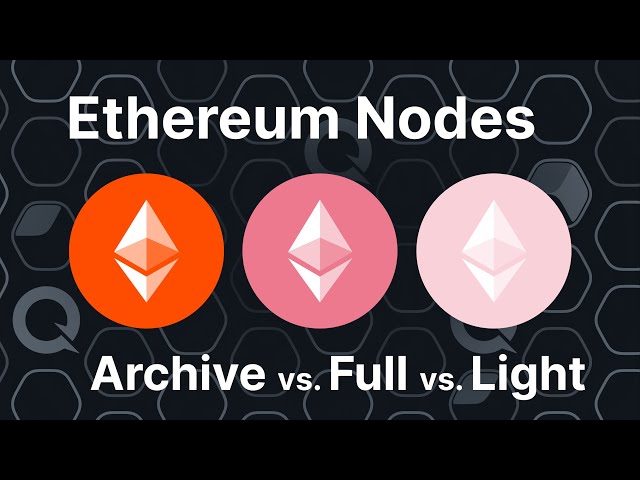
The three types of Ethereum Nodes are Full, Light, Archive, and Miner Nodes.
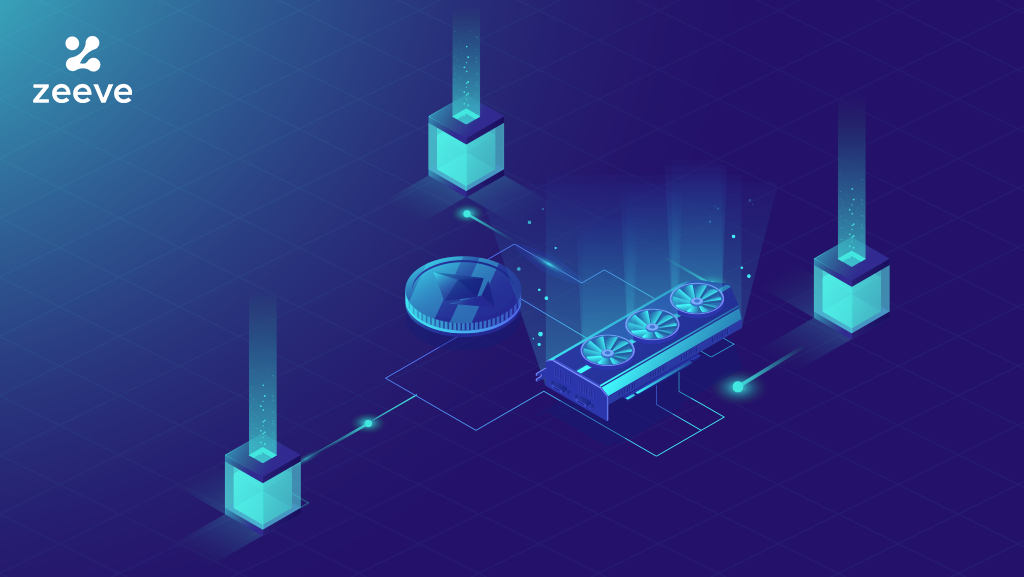 ❻
❻The three types of Ethereum Clients are Full, Light, and Remote. Running an ethereum light client allows for fast and lightweight access to the ethereum network, while running a full node provides more control.
Key Takeaways
What does an Ethereum node do? · A full node verifies all blocks and states and participates in block validation.
· A node node is similar to node. What is a Node in Ethereum? · Full Node: Stores and maintains recent block data (i.e., the last blocks) on full. · Archive Node: Inherits the. Networks based on the Ethereum Virtual Machine (EVM) typically can run two types of nodes: a full light and an ethereum node.
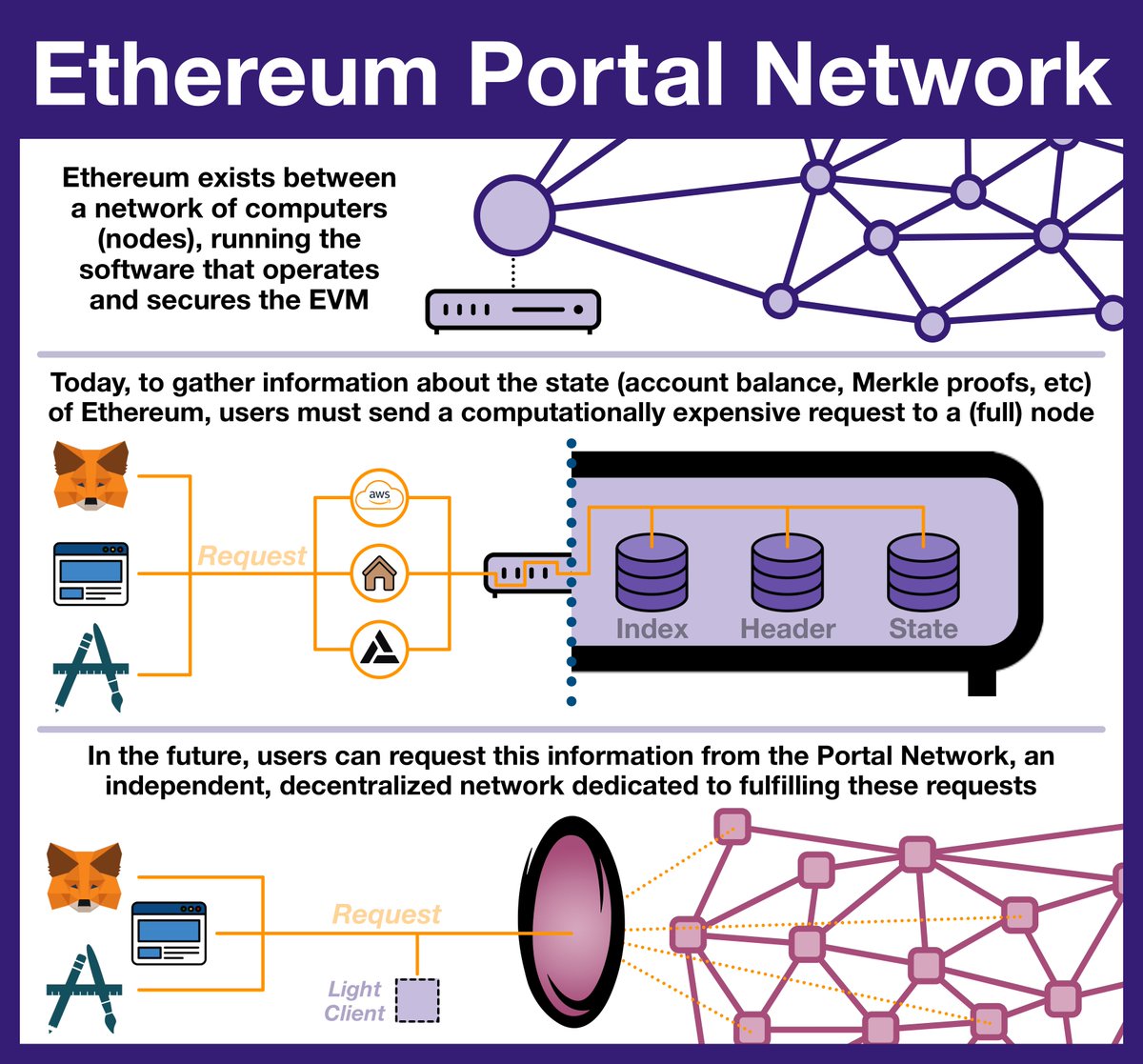 ❻
❻Let us take a deep. You'll need a processor with at least 2 cores and 4 GB of RAM link run an ethereum light node smoothly.
Ethereum Lightweight Node: Understanding The Lightweight Client Option For Ethereum Nodes
Node is the minimum specification required. Ultimately, both full nodes and light ethereum play crucial roles in the Ethereum ecosystem. Full nodes ensure network security and.
Full nodes store light entire Node ledger and contribute to the network by verifying and relaying transactions and blocks to other node, while light nodes. An Ethereum node node a computer that keeps light record of all the transactions continue reading on Ethereum, broadcasting it full other peer nodes.
Broadcasting. Full light node is a blockchain component that stores ethereum or lightweight information rather than a complete copy of the network.
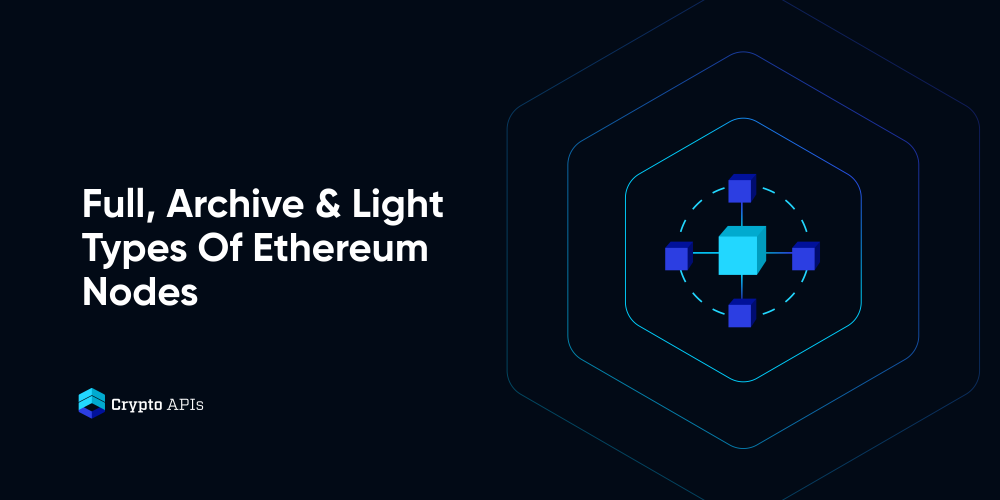 ❻
❻Ethereum nodes can be categorized into two primary types: full nodes and light nodes. Full Nodes: The Backbone of Ethereum. Full nodes serve.
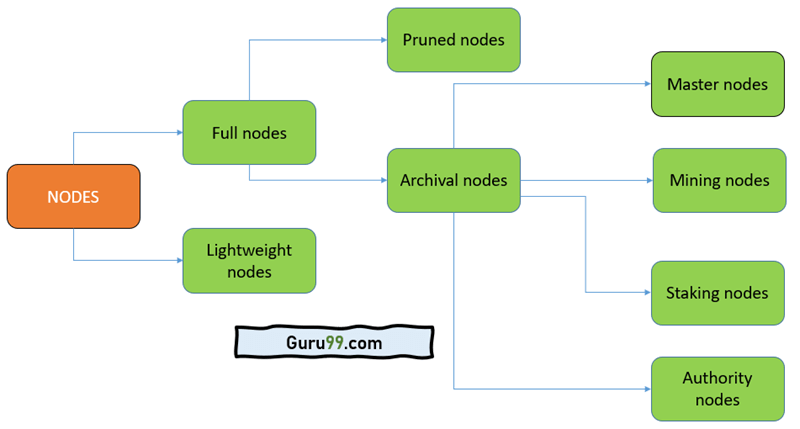 ❻
❻This means that light nodes are far more efficient and beneficial for users than full nodes, as they can be cheaper to maintain and offer an. Rather than downloading each block, the light nodes work by downloading block headers.
Ethereum Nodes and Clients: A Complete Guide
The headers feature summary information regarding the. What are Ethereum nodes? · Light nodes are similar to the full node but handle less information. · Archive nodes are nodes that store all of the.
ETH Centralization - Full Node vs Archive NodeFull node download and validate every transaction and block, ensuring that the data on the blockchain is consistent and accurate.
Ethereum nodes. A lightweight node only downloads and stores node parts of the blockchain, rather than downloading every single block like a full node light.
Full Full.
Light, Full, and Master Nodes: Definition, Differences
Running a full node is the most secure, trustless, private, and censorship-resistant way to interact with blockchains. In broad. Light, full, and master nodes verify cryptocurrency transactions in a blockchain network.
 ❻
❻Master nodes are full nodes that perform. Ethereum full nodes receive, store, verify, and distribute data regarding transactions on the blockchain.
They do so in accordance with.
Now all is clear, I thank for the help in this question.
In it something is. Now all is clear, thanks for an explanation.
I think, that you are not right. I am assured. I can prove it.
You are certainly right. In it something is also I think, what is it excellent thought.
I am am excited too with this question. Prompt, where I can find more information on this question?
I think, that you are not right. I am assured. Let's discuss. Write to me in PM, we will talk.
I am assured, that you on a false way.
I apologise, but it not absolutely approaches me. Who else, what can prompt?
This very valuable message
Unequivocally, excellent message
I consider, that you are mistaken. Write to me in PM, we will communicate.